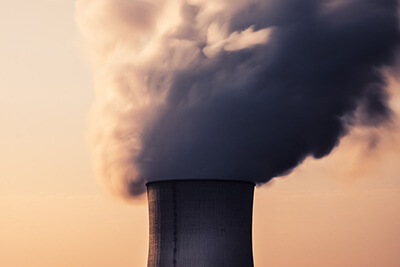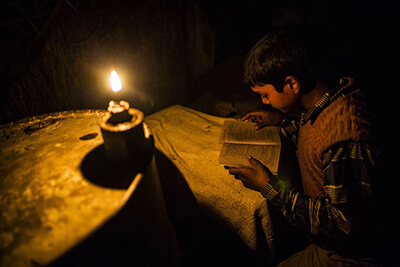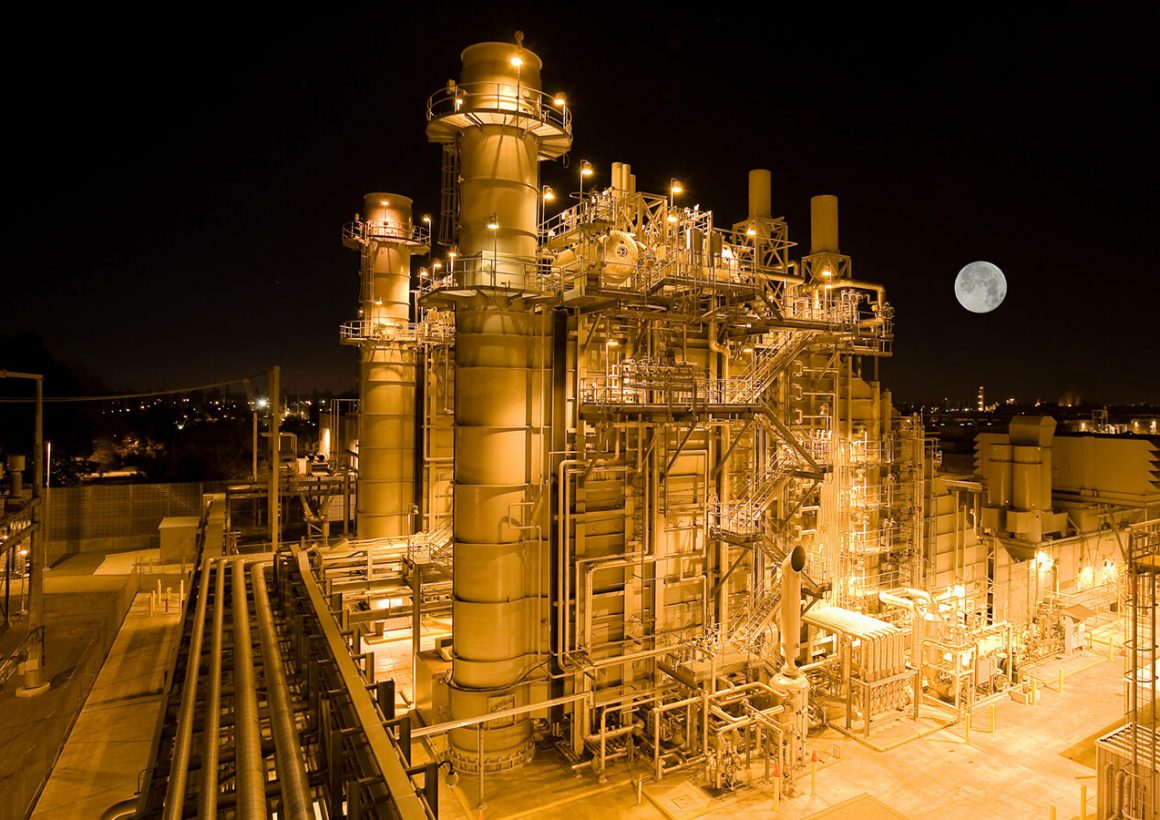eSF is driven
By the cause of every child who is forced to study under the light of kerosene lamps;
By the cause of every woman who has to travel for miles to collect fuelwood to feed her family while toxic fumes damage her own health.
The challenges of environment degradation and climate change cannot be solved without addressing our energy glut in this age of the Anthropocene.
3 major energy challenges we face today:
- The entrenchment of fossil fuels as a source of energy. The processes involved in production, distribution, and consumption of fossil fuels deteriorate public health as well as the health of our planet.
- Weak international collaboration & technology sharing in renewable energy technology: Research, innovation, and development in renewable energy needs to be paid a lot more attention and requires significant political and financial capital and international collaboration.
- Energy poverty in the form of either zero access to energy or lack of access to clean fuels.


We envision clean energy for all
- Bringing a million homes to light, and that too, through clean energy
- Improving efficiency of energy production, distribution and consumption
- Make conventional fuels cleaner by ensuring resource optimisation and improving the efficiency of the generation, distribution and consumption process. This, until we develop the potential, technology, and feasibility of 100% clean energy.
eSF’s aims to contribute to Sustainable Development Goals & mitigation of climate change & global warming.

Waste to Energy Solutions
Our work in waste to energy is driven by the aim to address three major challenges in India with one solution.
The three challenges include:
- India’s waste generation is projected to grow at exponential rates. Most of this waste ends up in landfills. These landfills result in global warming due to the release of methane (a greenhouse gas), groundwater and surface water pollution due to leachates, open burning, and are hazardous to animals who feed on the waste.
- A quarter of India’s total population (300 million) still lacks access to electricity. We are the largest unelectrified population in the world. This means that the energy needs of 300 million people are fulfilled by polluting sources like kerosene, diesel, fuelwood and biomass. Such fuel sources contribute to global warming, pollution and are a significant public health concern, especially for women who cook using polluting cooking fuels.
- For people who do have access to electricity the electricity largely comes from Coal. Coal- a fossil fuel, is an excellent example of nature’s own technology of carbon capture and sequestration. When we mine the coal for power we release carbon dioxide that had been tucked away in carbon sinks over millions of years ago.

Empowering Better Waste Management & Energy Access
These three challenges threaten to have a significant impact on global warming and climate change and are not only India’s problem but a problem of the world collectively:
- India’s mounting waste challenge
- India’s energy poverty
- India’s dependence on coal
Thus, eSF is working to develop waste to energy solutions to address the above three challenges with one solution. For this, we are adopting a two-pronged strategy: Technology development of waste to energy solutions in India. Spearheading behavioural changes in sustainable waste reduction, segregation, re-using, and recyling.
This is to empower people to reduce waste to begin with, practice waste segregation at source, recycle or reuse every piece of waste that can be recycled or reused and ultimately with waste to energy solutions, generate energy from the remaining component that cannot be recycled. In our other programs which work for the conservation of specific ecosystems like the Saryu River & Gangetic Dolphin conservation and Jalkosh Initiative for restoring wetlands and also the Sentinels’ Programme , eSF is empowering people with skills and behavioural changes in better waste management to reduce the adverse impact of waste on these valuable ecosystems.

Biogas Generation from eSF’s GaudhanShalas helps mitigate global warming
The GauDhan Shala facilities developed by eSF aim to promote clean energy by turning cattle excreta from waste to energy. This model also helps address the health and sanitation challenges posed due to cattle excreta that remains scattered. Additionally, waste excreted by one cow over 1 year is equivalent to the CO2 emissions from 53 cars over 900,000 Kms.
A single cow abandoned on the streets puts nearly 2500 kg of methane in air. By GWP20 rates methane is a Greenhouse Gas which is 86 times more potent than CO2. In order to sequester this amount of methane released by a single cow, 5000 trees over 40 years or abt 2,00,000 trees every year will be required.
The biogas facility at eSF’s GauDhan Shala reduces this greenhouse gas output from cattle by 91% by trapping the methane from cattle and using it to generate for energy. Thus, the innovative GauDhan Shala model developed by eSF not only helps ensure welfare and safety of abandoned cattle but also addresses energy poverty by tapping into cattle excreta for biogas.
Additionally, by trapping methane that would have been released by abandoned cattle, the facility also helps mitigate climate change. In effect, the GauDhan Shala facility acts as a carbon sink as well as a power plant.



